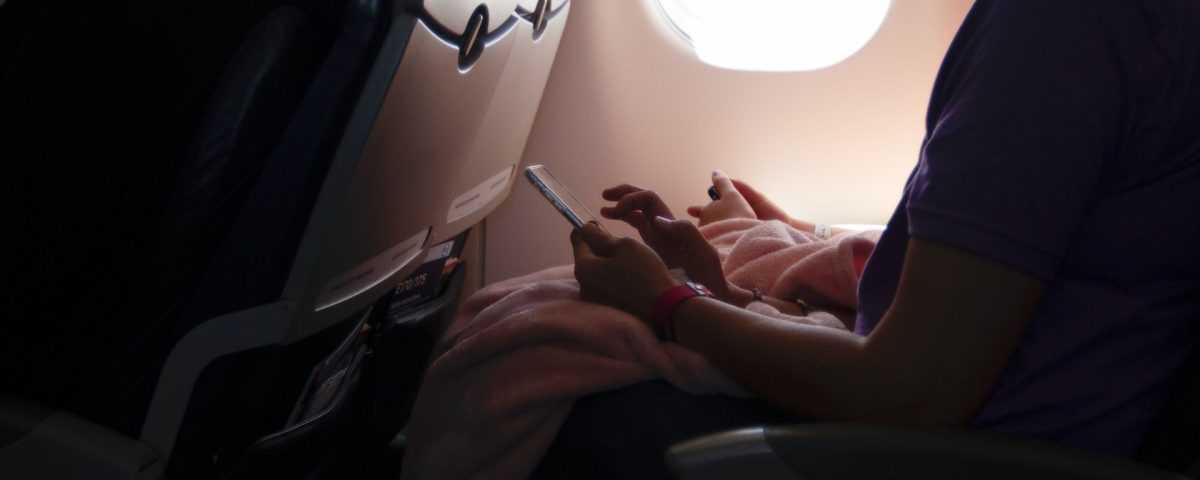
The world has found that humans are very vulnerable to certain invaders that have the extraordinary ability to move from one host to another without being seen. But now that we know that coronavirus travels inside the respiratory droplets, we can develop effective solutions to substantially reduce the risk of contagion.
The coronavirus size is less than 0.5 µm (0,0005 millimeters), but it comes out of our bodies inside aerosols (or droplets) which are 10 µm big and, although we cannot see them with our naked eye, we can capture and remove them in different ways. The first filter that we need to apply is the face mask, which will stop most of the particles from spreading out if, and only if, the mask is properly used.
The air quality inside an aircraft
There is a common believe that air travel is not a safe environment in relation to coronavirus contagion. Spending a long period of time with many people in a reduced space could obviously increase the risk, but air travel provides a safe environment, not comparable with other modes of transport. According to Harvard T.H. Chan School of Public Health Study, inside an airplane, if everyone is wearing a face mask, the probability of getting infected is almost none. This conclusion comes from the analysis of 300 tests recently conducted by the US Transportation Command. The experiments took place with sensorized mannequins onboard large aircraft flying within the US.
The air quality inside an aircraft is equivalent to the one at a hospital operating room. The air is completely renewed every three minutes and the recirculated air runs through HEPA (High Efficiency Particulate Air) filters, which traps 99% of particles. Therefore, airplane ventilation systems preclude viruses to reach high concentrations for a long a period of time.
What about airports?
As part of the travel journey, passengers also spend a considerable amount of time at airports. The ventilation systems at airport buildings have a degree of complexity because they need to deal with very large spaces and with high volumes of people going through them. Although terminal buildings were not designed to cater for something like the coronavirus, they have been adapted to provide a secure environment from an air quality perspective and also from a surfaces’ cleanliness perspective.
Air travel has always been and will continue to be the safest mode of transport.





There are no comments yet